ARIZONA RESEARCH







05. QUANTUM



















We respectfully acknowledge the University of Arizona is on the land and territories of Indigenous peoples. Today, Arizona is home to 22 federally recognized tribes, with Tucson being home to the O’odham and the Yaqui. Committed to diversity and inclusion, the university strives to build sustainable relationships with sovereign Native Nations and Indigenous communities through education offerings, partnerships, and community service.


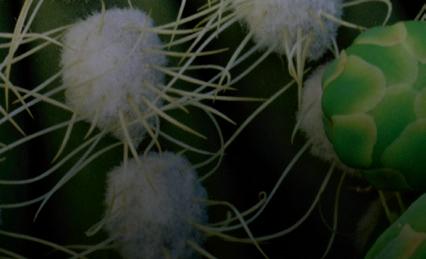





Kim Patten, Daniel Moseke
Designer Andreá Brooks

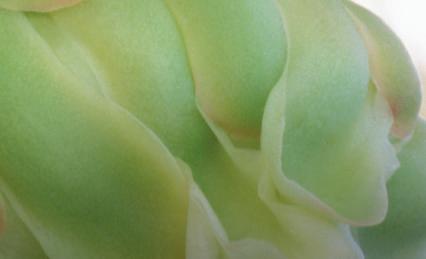
Writing & Editorial Team
Stephanie Doster, Leslie Ruth Hawthorne Klingler, Emily Litvack, Kristina Makansi, Eric Van Meter
Much of the content in this magazine is based on original reporting by Alexis Blue, Rosemary Brandt, Emily Dieckman, Lori Harwood, Mikayla Mace Kelley, Angela Martinez, Erika Mitnik, Kyle Mittan, Tracy Mueller, Stacy Pigott, Daniel Stolte, Eric Swedlund, Brittany Uhlorn
Questions and feedback research-comms@list.arizona.edu

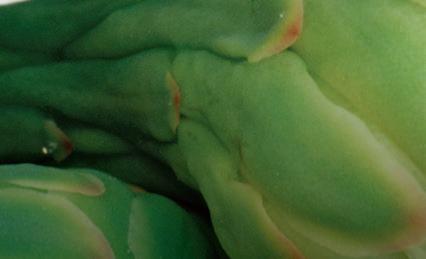
ENTREPRENEURSHIP (FY21)
274 invention disclosures +11 over previous year
124 licenses & options for university inventions +29 over previous year
100 patents issued Ranked no. 28 among worldwide universities granted U.S. utility patents

17 startups launched 125+ since 2012
$1.6B in economic output from commercialization activities between FY17-FY21
Through cutting-edge research and innovation, the University of Arizona is committed to expanding human potential, exploring new horizons, and enriching life for all. With $824M in annual research activity, we are leading the way in tackling the most pressing and complex challenges of our time, from climate change to planetary defense, and pandemic preparedness to healthy aging.
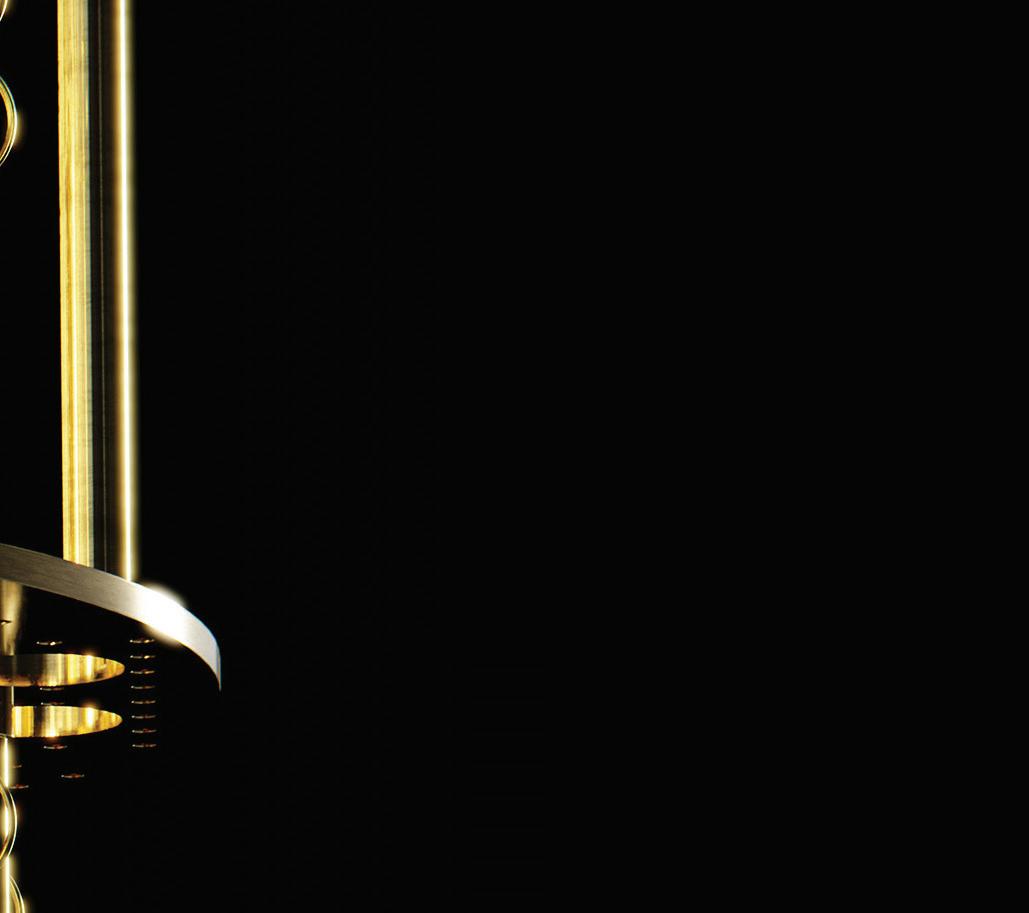
In 1947, Albert Einstein dismissively referred to quantum entanglement as “spukhafte Fernwirkung,” famously translated as “spooky action at a distance.”

Twenty-five years later, scientists proved that phenomenon: two entangled subatomic particles do remain fundamentally linked, whether microns or miles apart, connected only by the laws of subatomic physics.
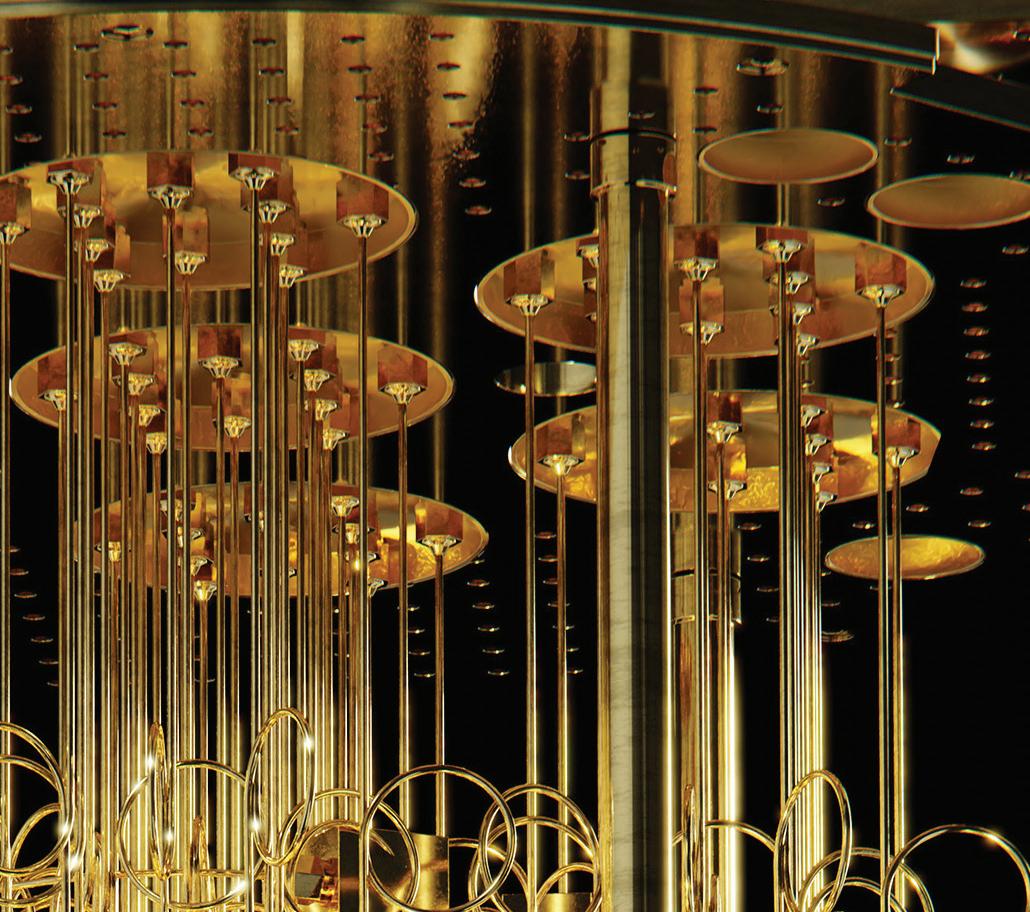
By then, quantum mechanics was already the foundation for several inventions: atomic clocks, electron microscopes, even pocket calculators.

Now University of Arizona scientists and engineers are leading the national vision for quantum networks, making Arizona ground zero in research that lays the foundation for quantum-enabled breakthroughs in communications, medicine, space exploration, and more.

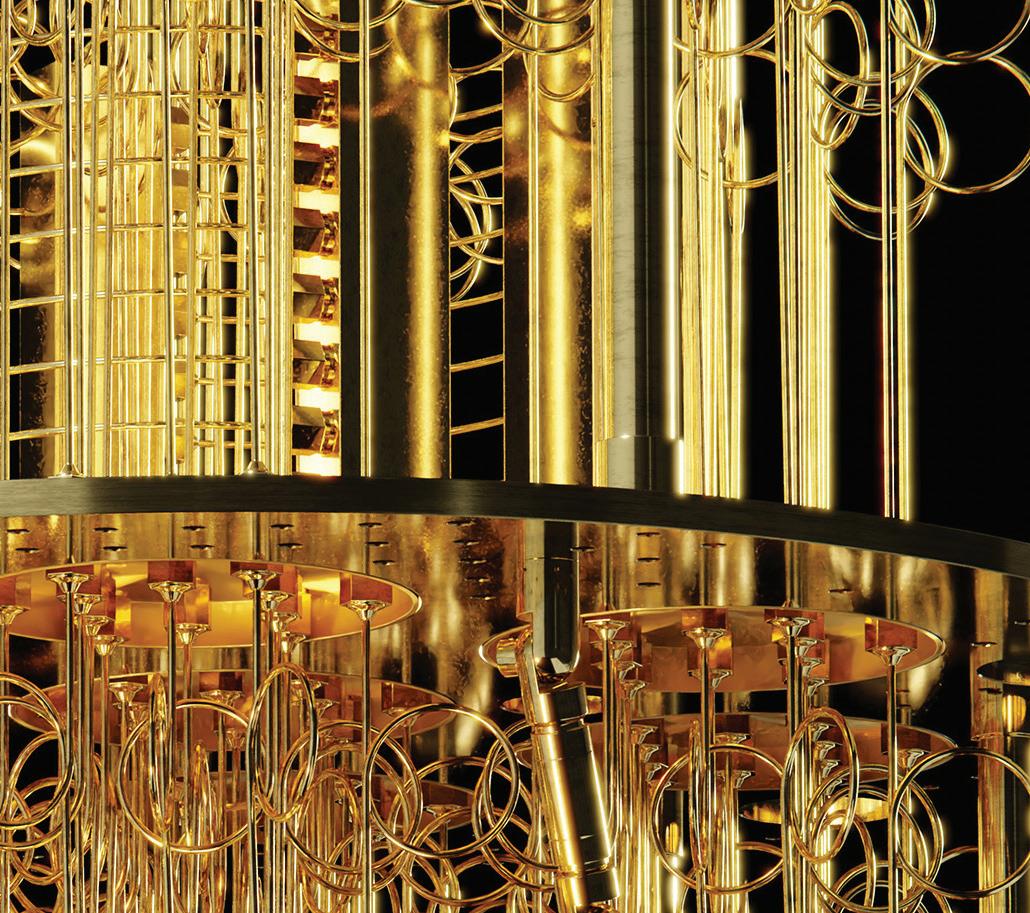


The University of Arizona-led Center for Quantum Networks (CQN) is spearheading international research to create the foundations of the quantum internet.
Dubbed CoQREATE—short for Convergent Quantum Research Alliance in Telecommunications—the partnership is developing technologies to connect quantum computers to one another and someday link the quantum internet with today’s “classical” internet.


Because quantum computers encode data in ways fundamentally different from today’s binary-based computers, they’ll require new infrastructure to transmit information reliably. And because the quantum internet will work in tandem with today’s internet,
those underlying technologies also need upgrades for compatibility.
Once those essential components are in place, the quantum internet will surpass capabilities of today’s internet in at least two important ways. First, it promises communications security that cannot be hacked by any amount of computational power. Its more powerful processors and sensors will also bring unprecedented advances to distributed computing.
CoQREATE brings together CQN, Ireland’s Research Centre for Future Networks and Communications, the Irish Photonic Integration Centre, and researchers at the Centre for Quantum Materials and Technology at Queen’s University in Northern Ireland.
Quantum networks, sensors, and computing will radically change every area of society— and will, undoubtedly, result in unintended consequences. University of Arizona law professor Jane Bambauer is working to ensure that quantum technology doesn’t create more problems than it solves.
Baumbauer and her team research likely applications of quantum technologies to inform decision-makers now of potential benefits and risks on the horizon. Their aim is to help shape laws, public policy, educational approaches, and business practices to harness quantum technology advances while minimizing adverse effects on society.
For example, the university’s BIO5 Institute is exploring the use of quantum sensors in bioimaging. Radically smaller and more
powerful equipment could lead to better health care, but it may also put privacy and data at risk.

Similarly, drug developers could someday create pharmaceuticals so individualized that they render current approval processes requiring massive human trials irrelevant. Bambauer is exploring what new regulations might be needed in a health care system transformed by quantum-assisted medicine.
As she leads development of policy recommendations, Bambauer also plans to create business support clinics where law students work with engineering and optical science grad students to help quantum technology startups structure their companies and manage their intellectual property ethically and sustainably.
In 2020, the National Science Foundation awarded the University of Arizona a five-year, $26 million grant with potential five-year renewal to establish and lead the Center for Quantum Networks (CQN), an Engineering Research Center of national and international partners working out the ground-level technologies for a quantum internet.
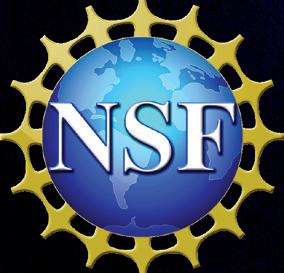


In his first job after getting his PhD at MIT, Saikat Guha came to know some of the early engineers of ARPANET, the late-60s/early-70s progenitor of today’s internet.
”Their sole program objective was to connect computers to literally send letters of the alphabet from one room to another,” Guha recounts.
Today, it’s hard to imagine top scientists sweating over something so elementary, but Guha can relate. It parallels the work of the Center for Quantum Networks (CQN) he now leads.
Quantum data is encoded as qubits in individual photons, the energy “packets” that make up light. They’re highly fragile compared to binary bits of today’s data but still need to travel fiber networks.

They also require all the processing of today’s data transfer—routing, error correction, and more—the unseen, always-on protocols and algorithms that make a mobile call or Venmo payment seamless.
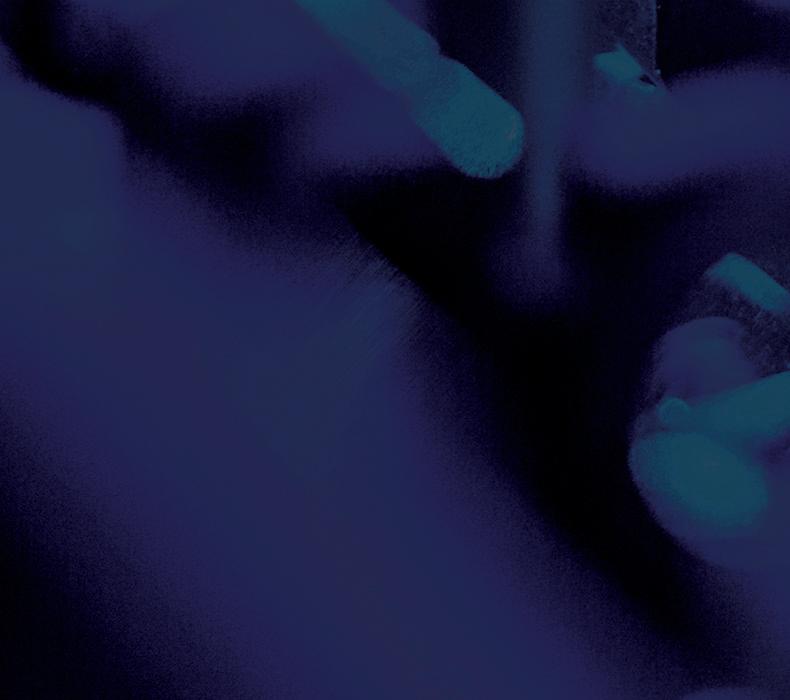

“The creators of ARPANET were not working to enable Zoom calls, but we wouldn’t have Zoom now if they hadn’t first figured out those fundamentals,” Guha says.
“Now imagine a global network of optical telescopes that work as one giant telescope with an effective diameter as big as the Earth. We could do that with quantum entanglement. But first we need to master these fundamental challenges.”



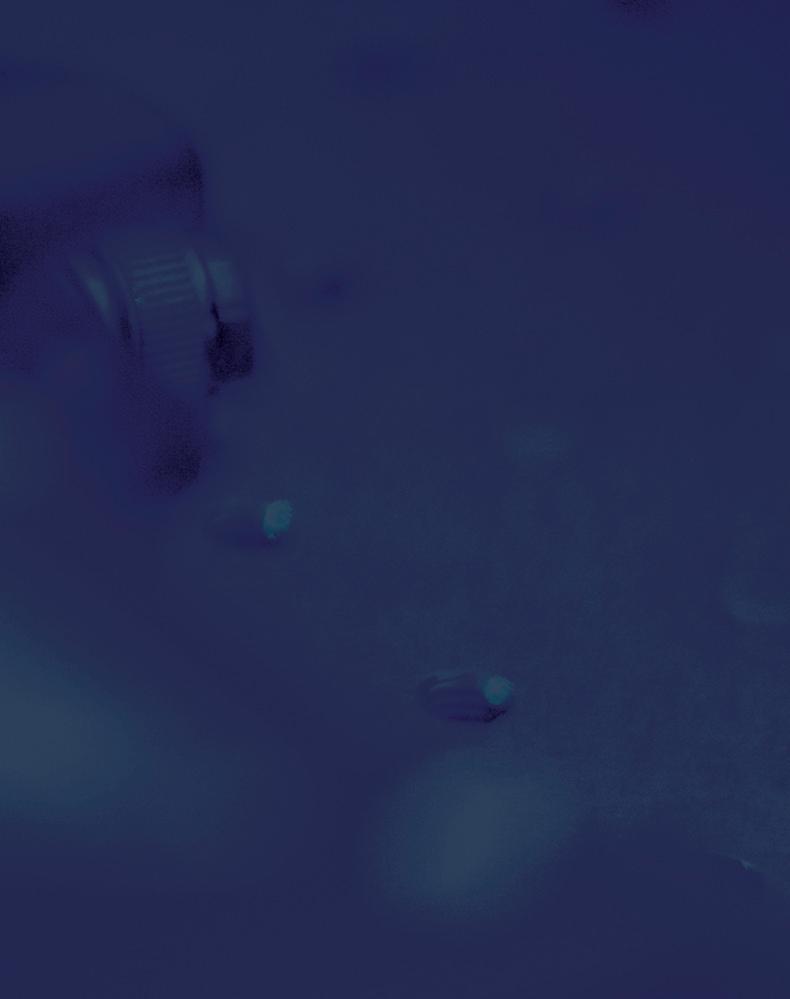

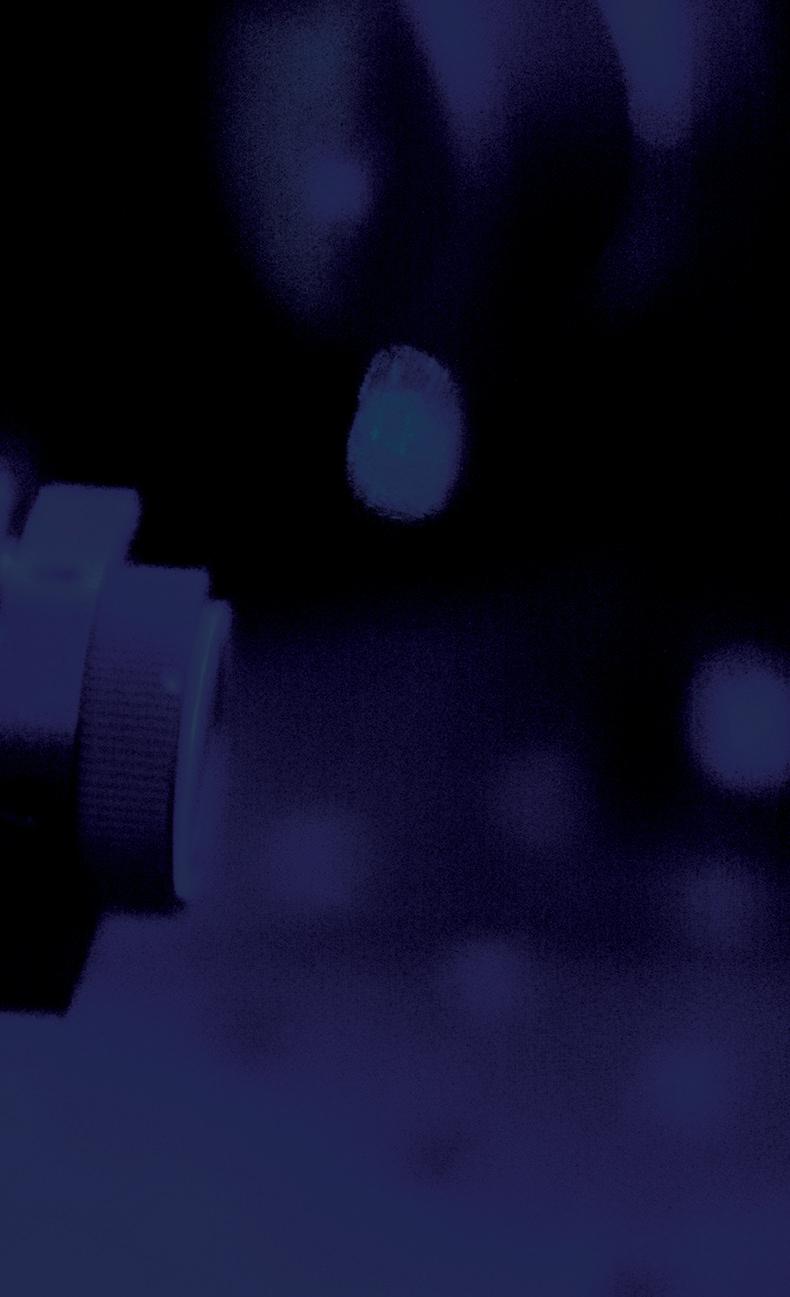

“Q
uantum mechanics” are the physical laws of how atoms and even smaller particles behave. “Quantum networks” are linked computers that leverage those extraordinary properties.
In today’s “classical” networks, the basic unit of data is a bit, which can have only two values, usually described as 1s or 0s. That information is stored in various ways (e.g. DVDs, thumb drives) and sent over long distances as on/off pulses of laser light.
Quantum networks instead use “qubits,” which can have a value of 1 or 0 once “measured” but inherently can also have a value of both at the same time—a phenomenon called “superposition”.
Quantum data isn’t transmitted in pulses of laser light; instead, qubits are encoded into photons themselves (the bundles of energy that can be thought of as the particles that form light), known as “photonic qubits.”
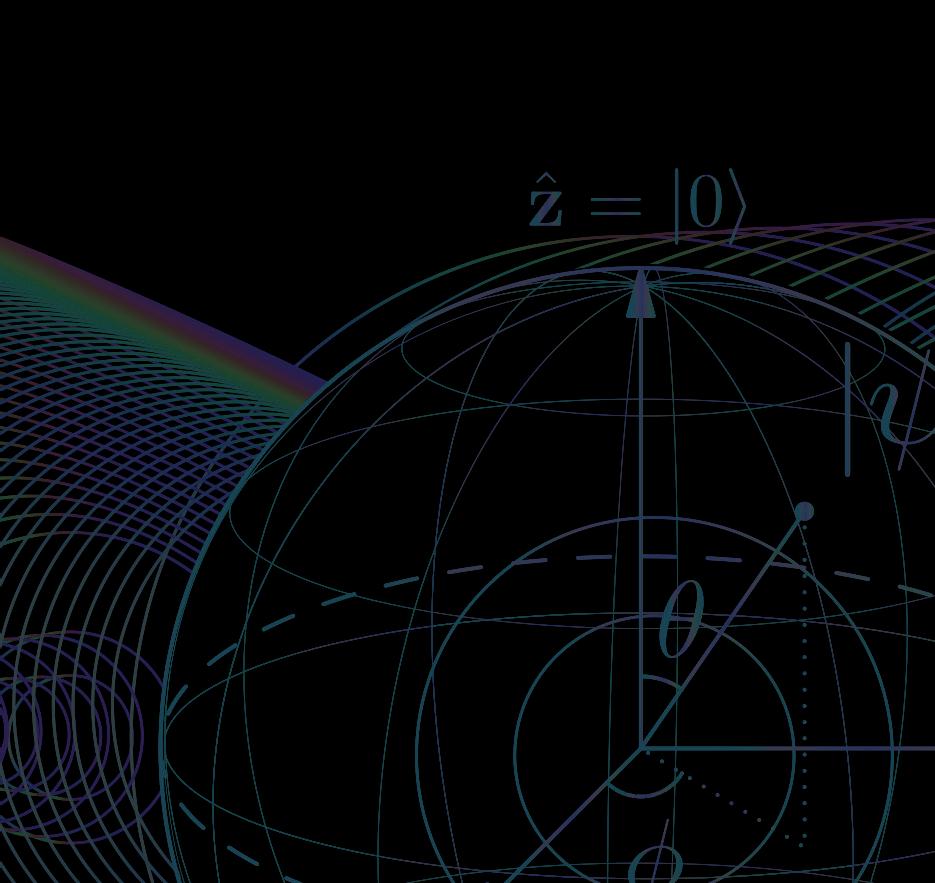
Qubits travel between computers as photons moving through optical fiber, much like the backbone of today’s “classical” internet.
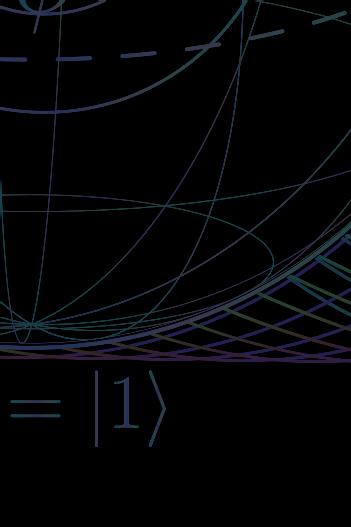
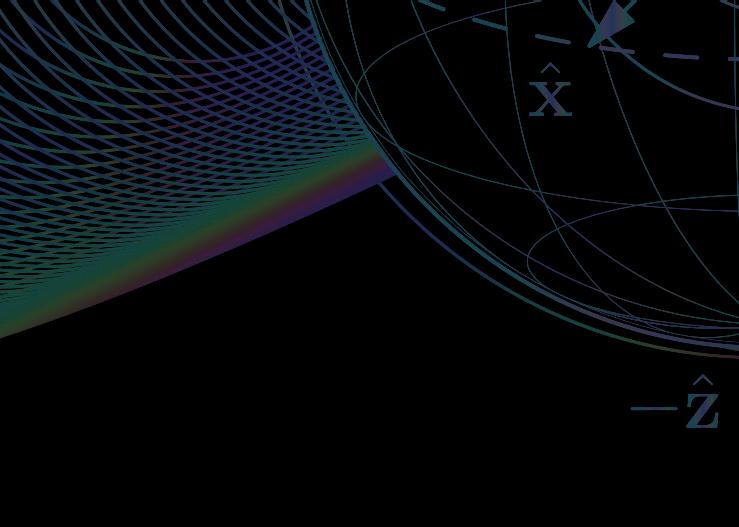

“Quantum networks” are simply two or more computers (and/or processors, sensors, etc.) that exchange data via these photonic qubits, and the “quantum internet” will link such computers around the world.
For anyone not already versed in all things quantum, a very simplified primer can be helpful.
International development is increasingly focused on resilience, but what does that look like? How is it measured? Fifty experts on the topic recently gathered at the University of Arizona to advance the work of answering those questions.
“Development agencies have gotten really good at measuring whether or not a project delivered certain outcomes, like reducing poverty,” says Greg Collins, UArizona associate vice president for resilience and international development.
“We are still early days in figuring out how to measure whether or not communities and countries are, in fact, more resilient.” That is, how do we know if they’re getting better at maintaining gains and progress in the face of shocks and stressors like conflict and climate change?
Helping solve that puzzle is something UArizona is especially well-suited for, Collins says, given its extraordinary strengths in climate research and its ability to assemble multidisciplinary science teams.
New approaches will combine technologies like remote sensing, satellite imaging, and on-ground systems for capturing real-time, high-frequency data. But metrics will also need to capture social capital, sense of agency, and other psychosocial factors we now know play a role.
UArizona partnered with the U.S. Agency for International Development and the Global Resilience Partnership to convene the 2022 consultation, which included representatives from U.S. and foreign governments, the United Nations, the World Bank, and a range of research and aid organizations.

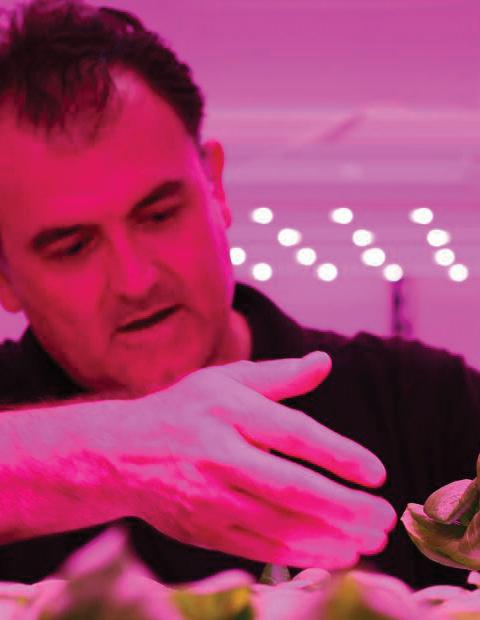
Healthy eating is expensive, particularly for people in rural areas and impoverished urban communities. With growing climate crises and the global population projected to reach nearly 10 billion by 2050, nutritious produce will become out of reach for most.
University of Arizona researchers believe indoor vertical farming, which takes less land, water, and nutrients than conventional farming, could help. However, current methods, though proven viable, are too expensive to replicate on a meaningful scale.

With $5.4 million funded by the U.S. Department of Agriculture and private corporations, UArizona scientists in the Optimizing Indoor Agriculture initiative are addressing challenges that prevent vertical farming from becoming standard practice.
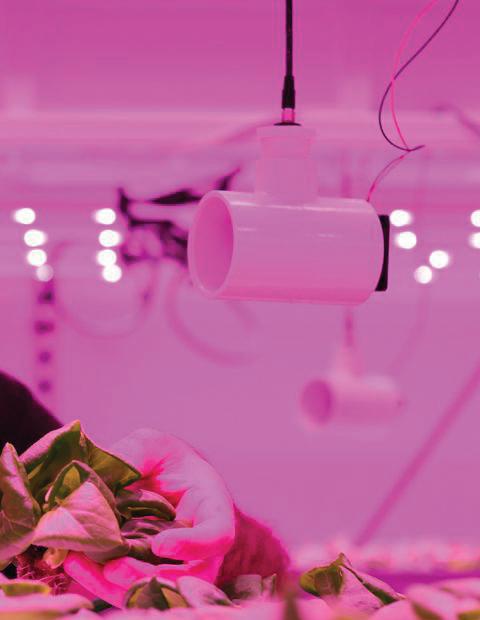
At the university’s Controlled Environment Agriculture Center and its newer Vertical Farming Facility, researchers are combining computer models and dirtunder-the-fingernails experimentation. Manipulating air movement, light, carbon dioxide concentrations, and other conditions, they’re discovering better and cheaper ways of maintaining ideal growing conditions.
Beyond testing growing methods and technologies, the team is also exploring the economics of vertical farming, with UArizona students working alongside researchers to gain hands-on experience and help shape the evolution of agriculture to healthier and more sustainable practices.

However, recent statistics estimate the number of unfilled cybersecurity jobs at more than 600,000 in the U.S. and more than 3.5 million worldwide. Without a robust security workforce, the internet becomes the domain of criminals, endangering nearly every aspect of modern life.
nearly $6 million to bulk up today’s insufficient cybersecurity workforce. The funding supports an enrollment goal of 2,000 students by the end of 2025 and 5,000 students by the end of 2030.
UArizona’s cyber operations program began in 2016 with three students. Within two years, the National Security Agency designated the university as one of just 24 Centers of Academic Excellence in Cyber Operations nationwide. Today, the program has grown to nearly 1,000 students. Learn
To address that need, the University of Arizona College of Applied Science and Technology is investing
It can be a murky and dangerous world online—a realm we increasingly inhabit, and one where we sorely need more cyberverse “good guys” to make it safe.

























































In 2022, Tech Launch Arizona (TLA) celebrated a decade of driving economic and social progress. TLA helps University of Arizona employees commercialize innovation through protecting and licensing intellectual property and creating new business ventures.





















































































In 2022, Tech Parks Arizona celebrated 28 years of success developing communities where emerging companies and tech giants work side by side, generating, attracting, and retaining technology companies and talent aligned with UArizona research and goals.

$2 billion In annual Arizona economic impact
1,345 acres/2 million sq. ft. for offices, labs and R&D
Home to commercialization hub Tech Launch Arizona
65 acres/1.2 million sq. ft. planned for offices and labs
250+ startups incubated since opening in 2003
Currently supporting 77 science and tech companies
Steward Observatory recently scaled up electrical-optical research at the flagship UA Tech Park, increasing its footprint to roughly 25,000 square feet for offices and labs to complement testing and evaluation space.
Additionally, the new Mission Integration Lab, the first UArizona research building at UA Tech Park at The Bridges, features a “high bay” facility where researchers will develop and test balloonborne telescopes and other instruments.
Balloon-borne missions, like those of NASA’s Scientific Ballooning Program, fill an important niche between ground- and spacebased observation, deploying technologies at altitudes with less interference from the Earth’s atmosphere.
Virtual “skins” are commonplace for gamers: a way of changing the look of characters, vehicles, or other game elements. Earned, found, or purchased, skins can alter anything from costumes to eye color, and yes, skin color, too.



Associate professor Bryan Carter, director of the University of Arizona Center for Digital Humanities, now hopes to contribute to education on racism and discrimination using skins in game-like experiences.
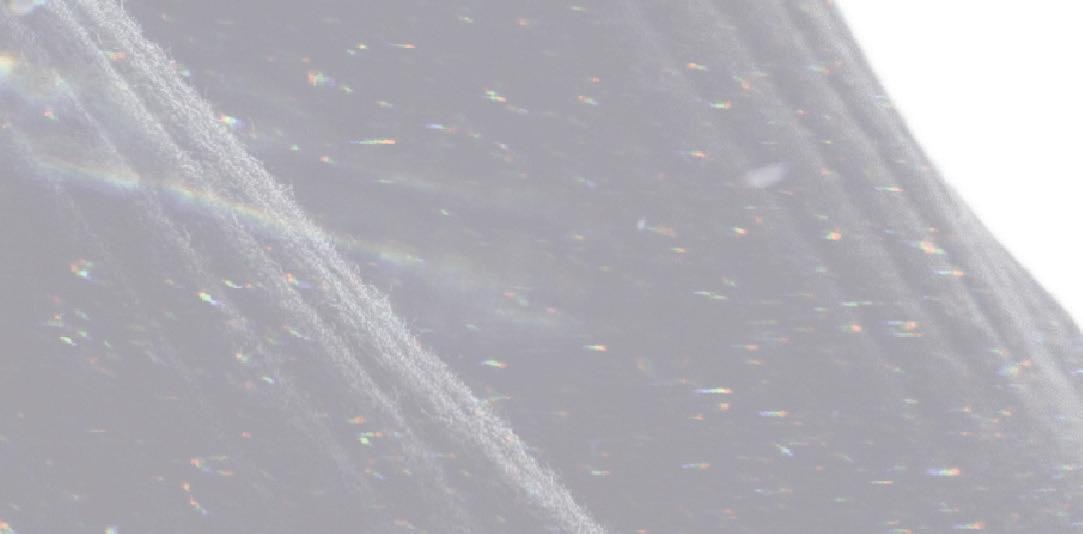




Carter is leading that work with two applications:






1. A fully immersive experience utilizing a headset and 360-degree video, akin to the game Fortnite. Skins place learners in various situations in which they experience microaggressions.


2. Augmented reality, a technology used in the Pokémon GO app. The learner scans their surroundings and digitally interacts with superimposed virtual characters who deliver common microaggressions against a backdrop of real environments.
Carter is clear that these experiences are not a substitute for other types of learning. Instead, virtual and augmented reality are tools to help uncloak the invisibility of systemic racism.

His digital innovations are designed to let people “walk in someone else’s shoes,” and he hopes that organizations will adopt them for employee orientations and diversity training.

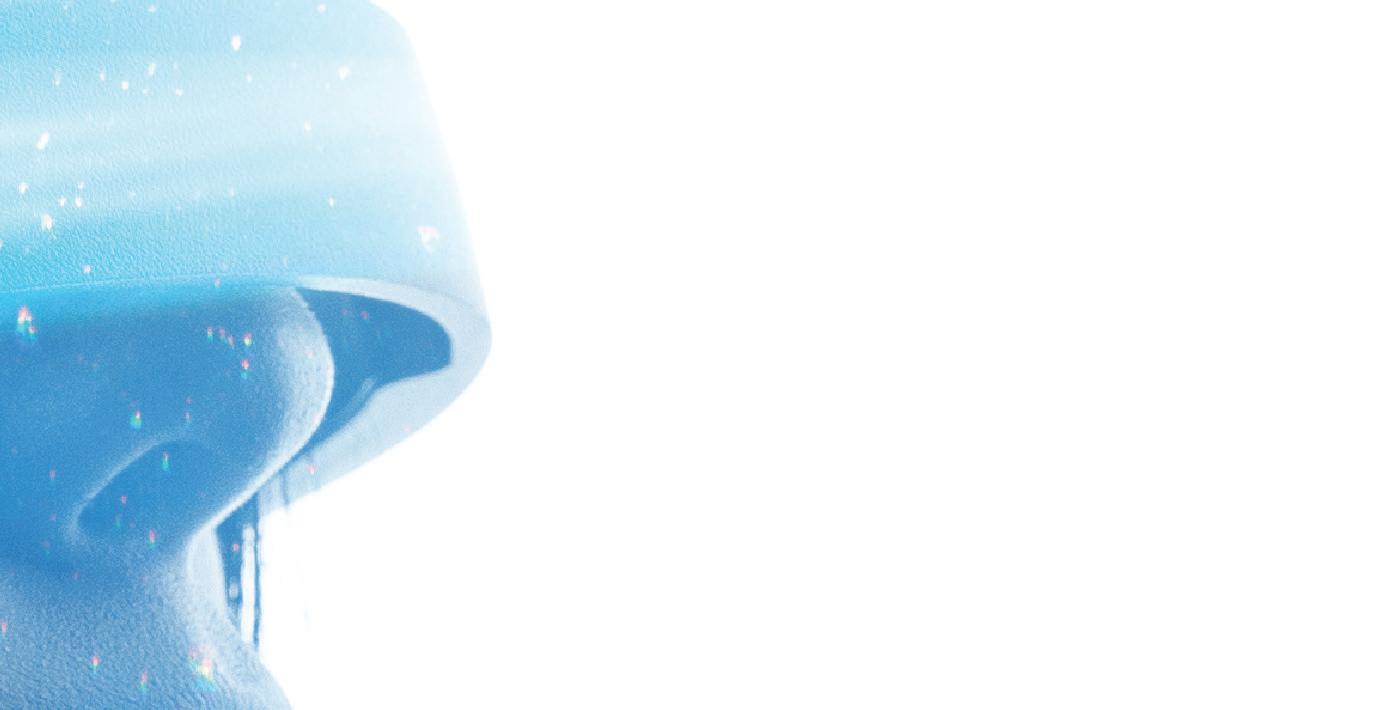

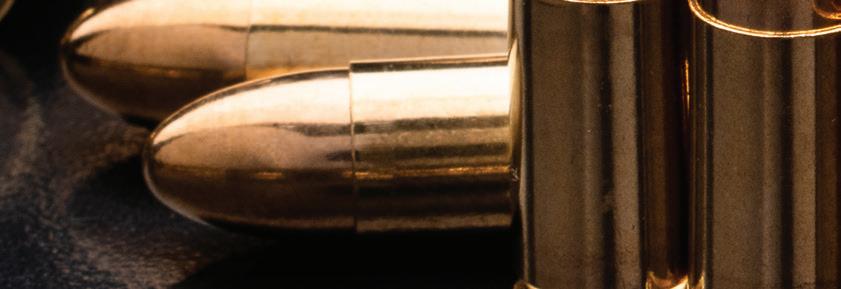

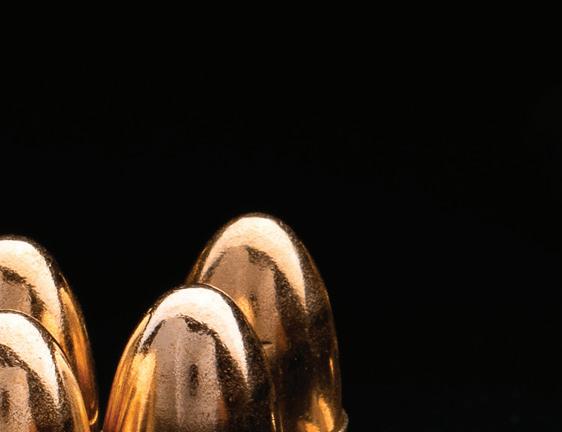


SOCIETY
University of Arizona sociologist




















Jennifer Carlson has been named a “genius fellow” and, as a result of the award, has $800,000 to further her work on guns and their impact in the U.S.
The MacArthur Fellowships, often called “genius grants,” are a nostrings-attached investment in the originality, insight, and potential of U.S. scholars, scientists, and artists. They are nominated anonymously by leaders in their respective fields.
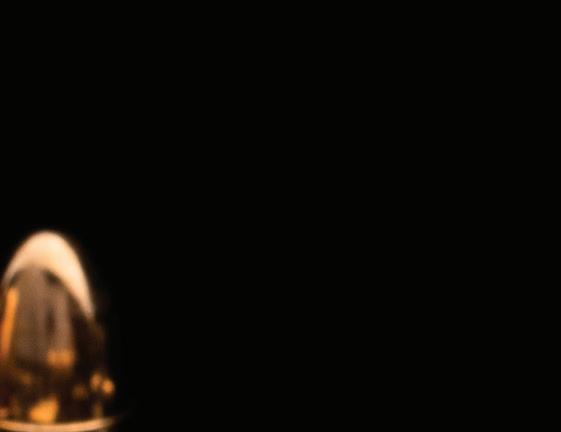
Carlson has spent more than a decade examining the politics of guns in American life and has published three books on the topic. Her research— involving extensive, in-depth conversations with gun owners, gun sellers, law enforcement, gun violence



survivors, and state licensing bodies— is regularly featured in high-profile publications and programs.
She is currently conducting a largescale study on trauma caused by gun violence and its effects on individuals, communities, and U.S. society as a whole.
“Ultimately, I will have done my job as a sociologist if I can provide people with the tools to understand where the other side is coming from and have a productive, generative conversation that is aimed at consensus rather than stalemate,” she says.
Carlson will dedicate a portion of her award to support graduate students in sociology at the University of Arizona.
